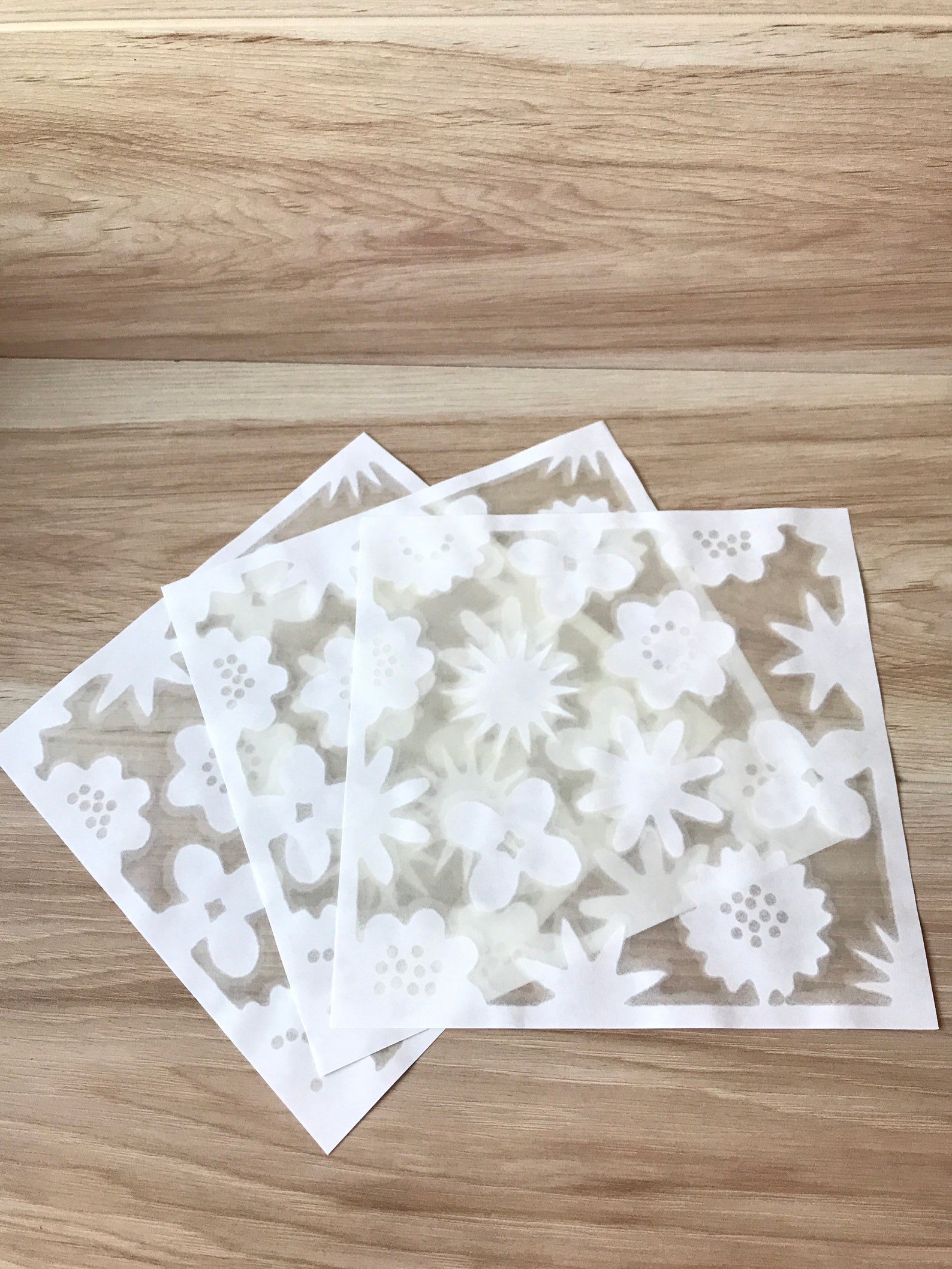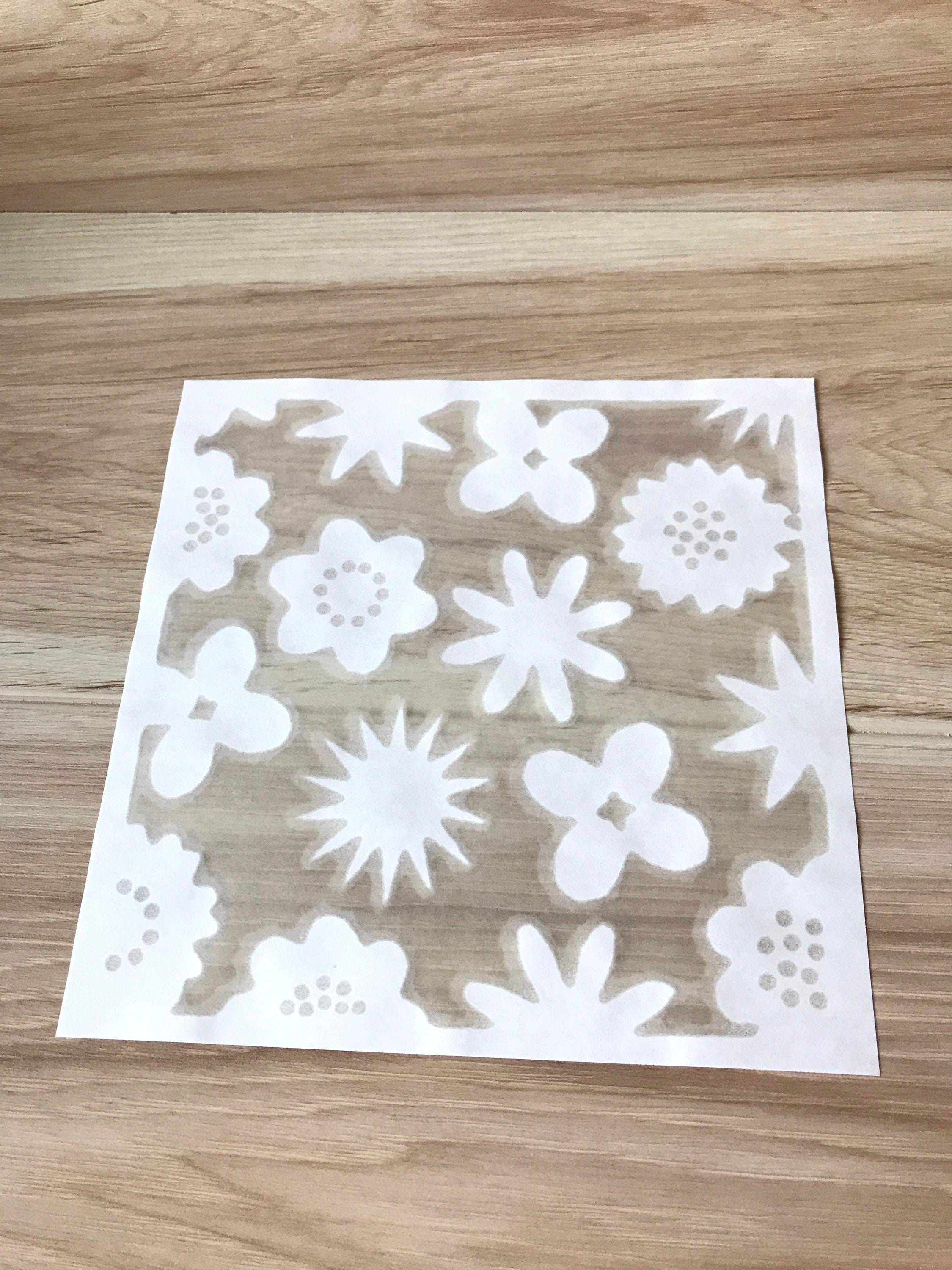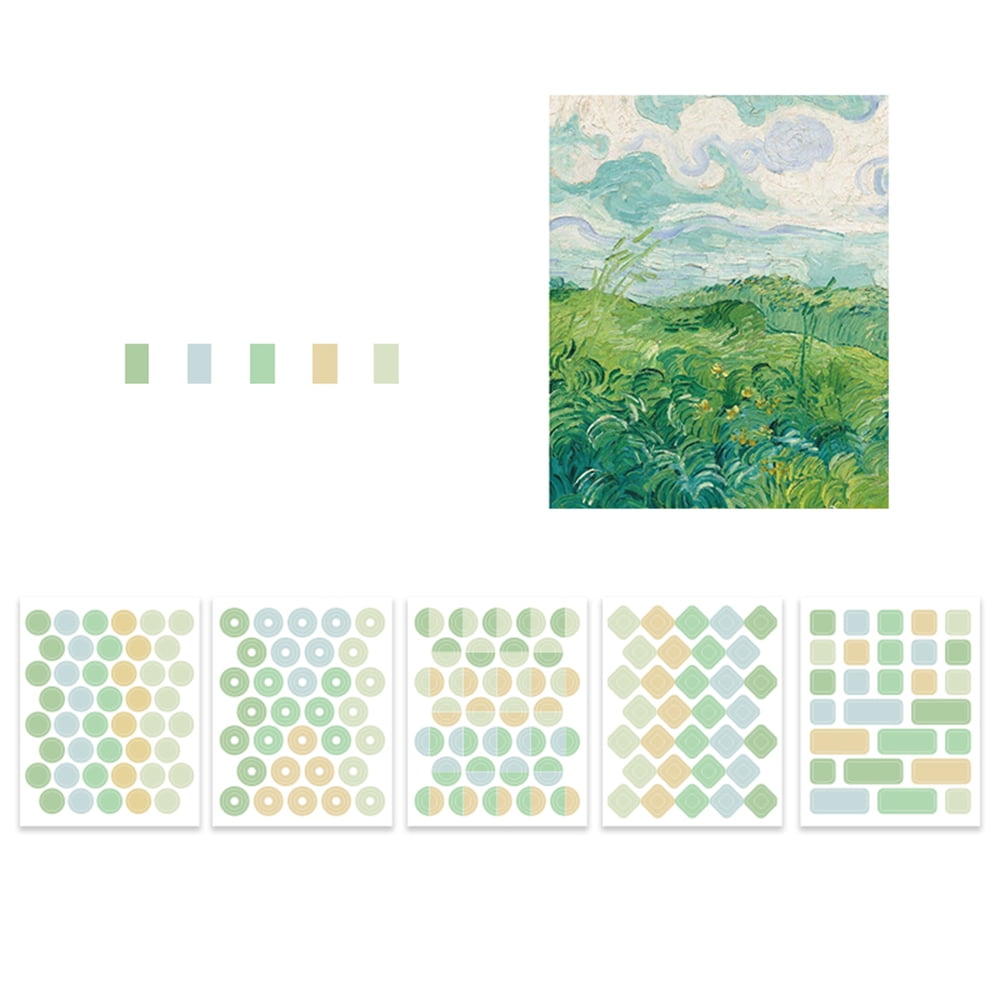


You can order online from Japan, or check out their list of suppliers across the world.Īnother site worth bookmarking is Washi Arts, home to a broad selection of paper products, many of which can be shipped within the US for just $5 or internationally for a slightly higher fee. The Awagami Factory, currently run by a sixth-generation paper master, has a wide selection of washi paper and other specialty papers, including machine-made mulberry papers, some of which are ink-jet printer compatible and perfect for contemporary uses (invitations, hand-written letters, decorations, etc.). If you’re outside of Japan, there are some great online washi shops too. Following that, the pre-paper solution is beaten by hand to loosen fibers before it becomes a sheet. The dry bark is then boiled, and any impurities are spotted and removed. Once soft and ready to strip, the bark is carefully removed and dried. Steaming, stripping and selecting: o separate the necessary parts of the plants, the branches must first be steamed. Usually these are harvested during the colder months of December and January. Most washi paper uses kozo, and mitsumata, two shrubs that are generally cultivated, and gampi which is typically wild. Harvesting: Firstly you need the materials for the paper. That said, there is a general step-by-step procedure which functions as a guideline. The methods and materials will vary depending on what style of washi you’re going to make, because Japan’s various regions each have slightly different different techniques.

Japanese translucent paper free#
Ideally the perfect time of the year to make washi is the dead of winter, when water is naturally frozen and free from impurities, offering the freshest, most natural ingredients for paper making.


 0 kommentar(er)
0 kommentar(er)
